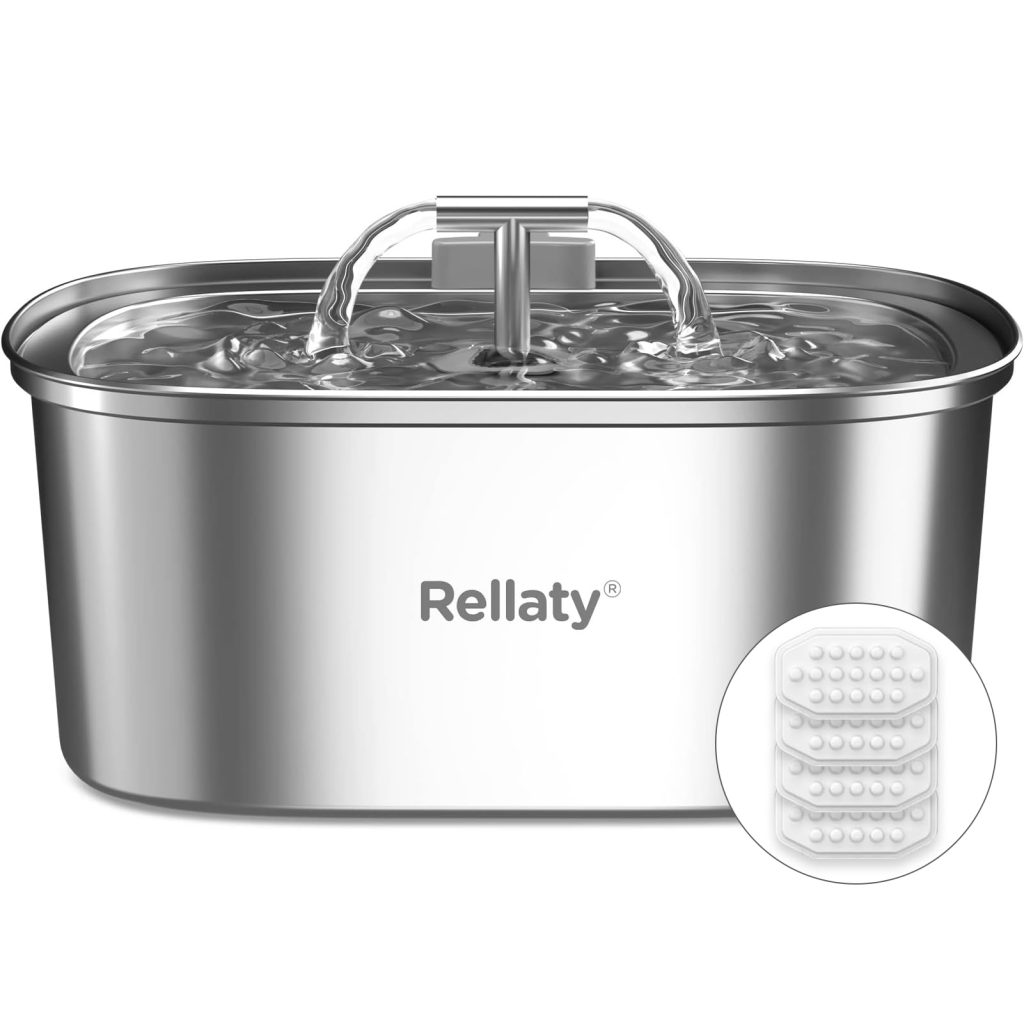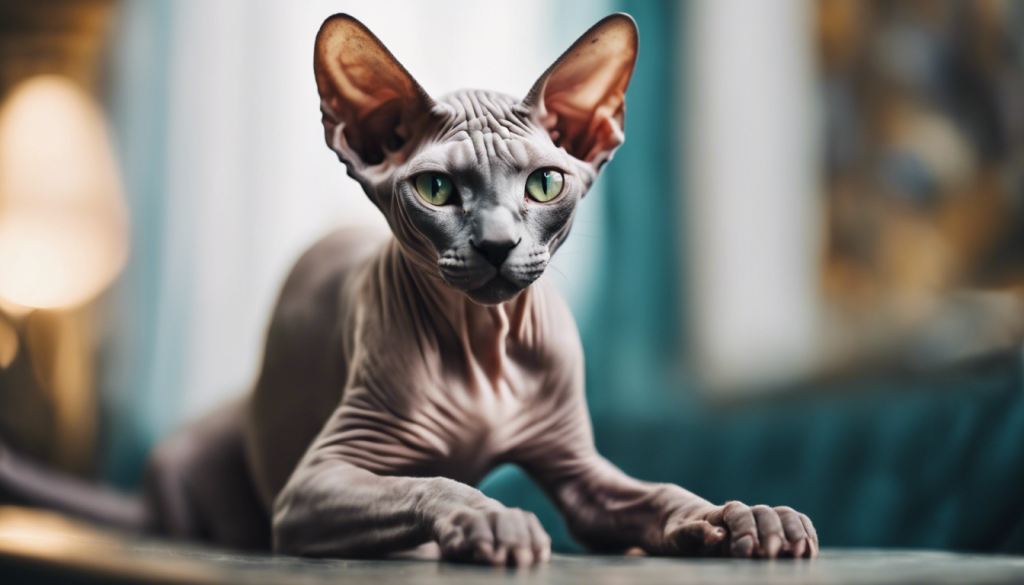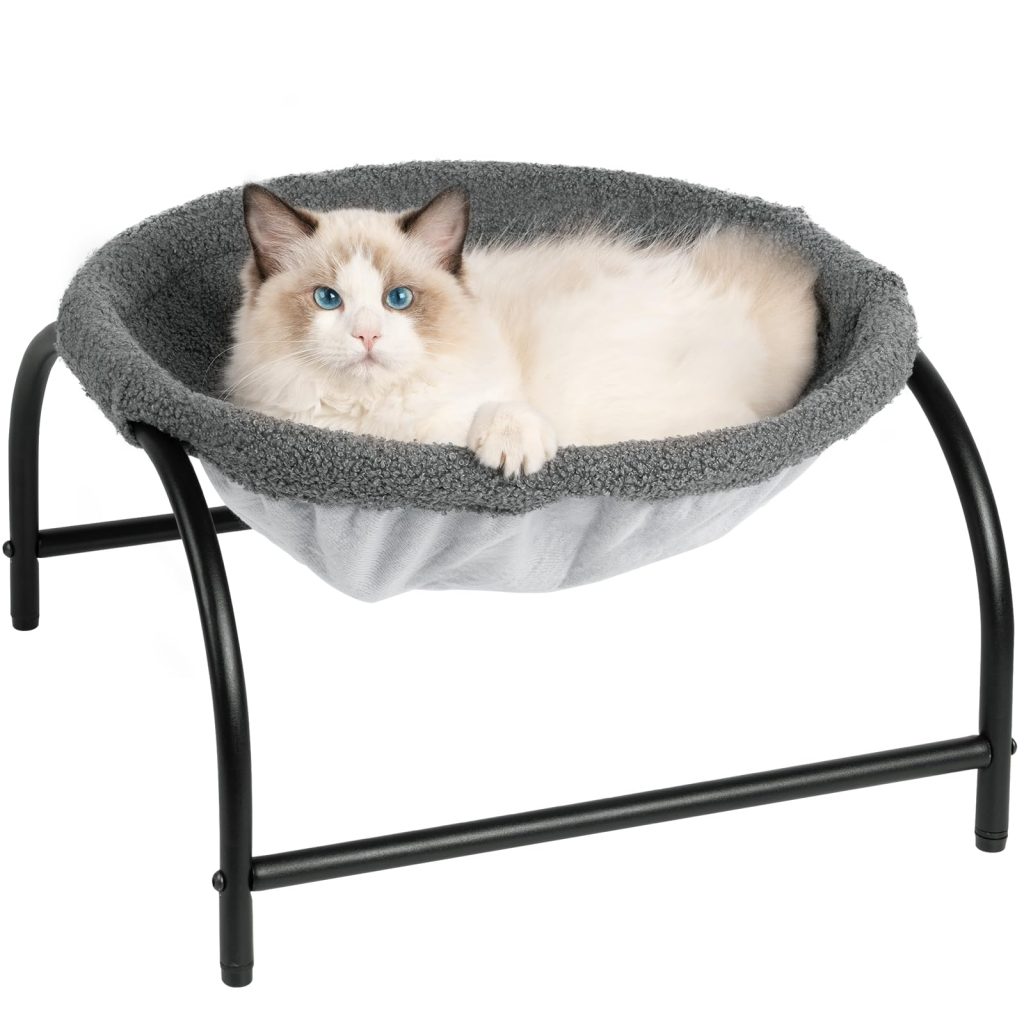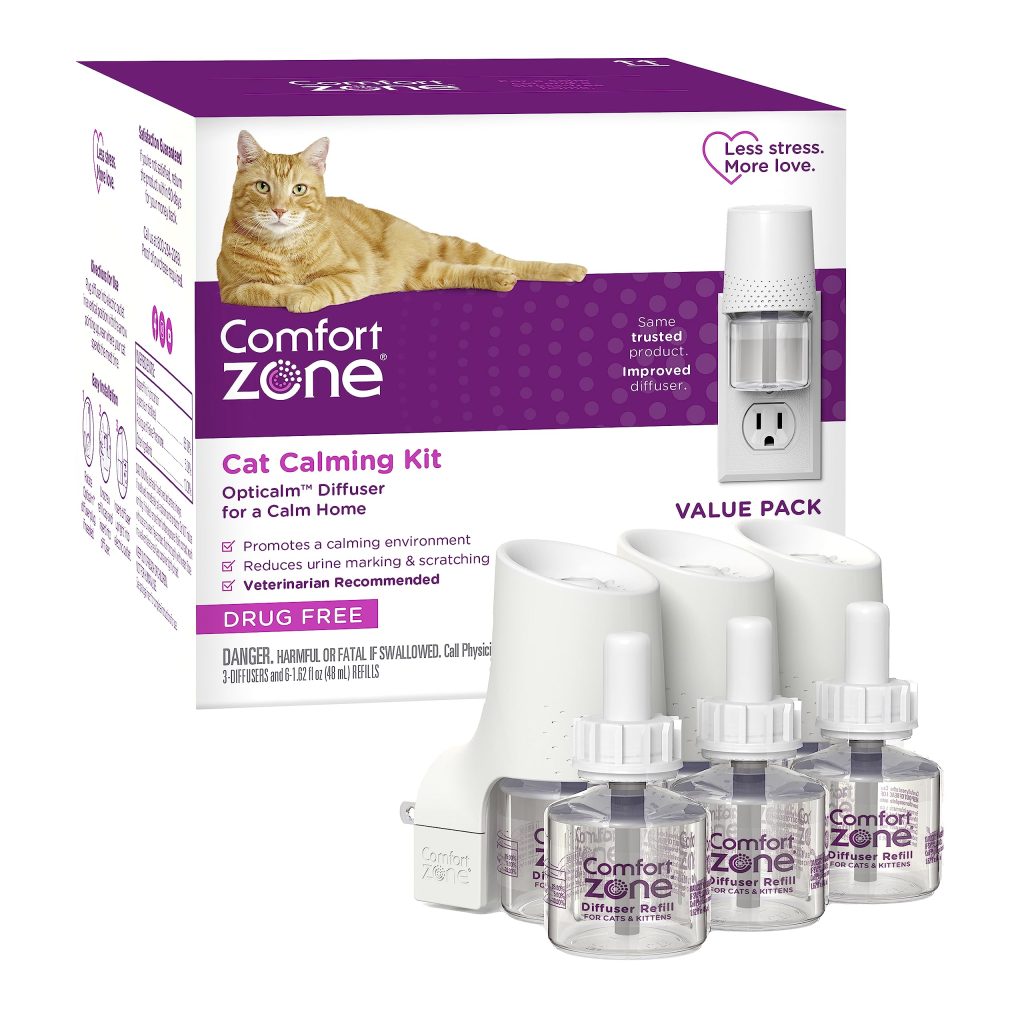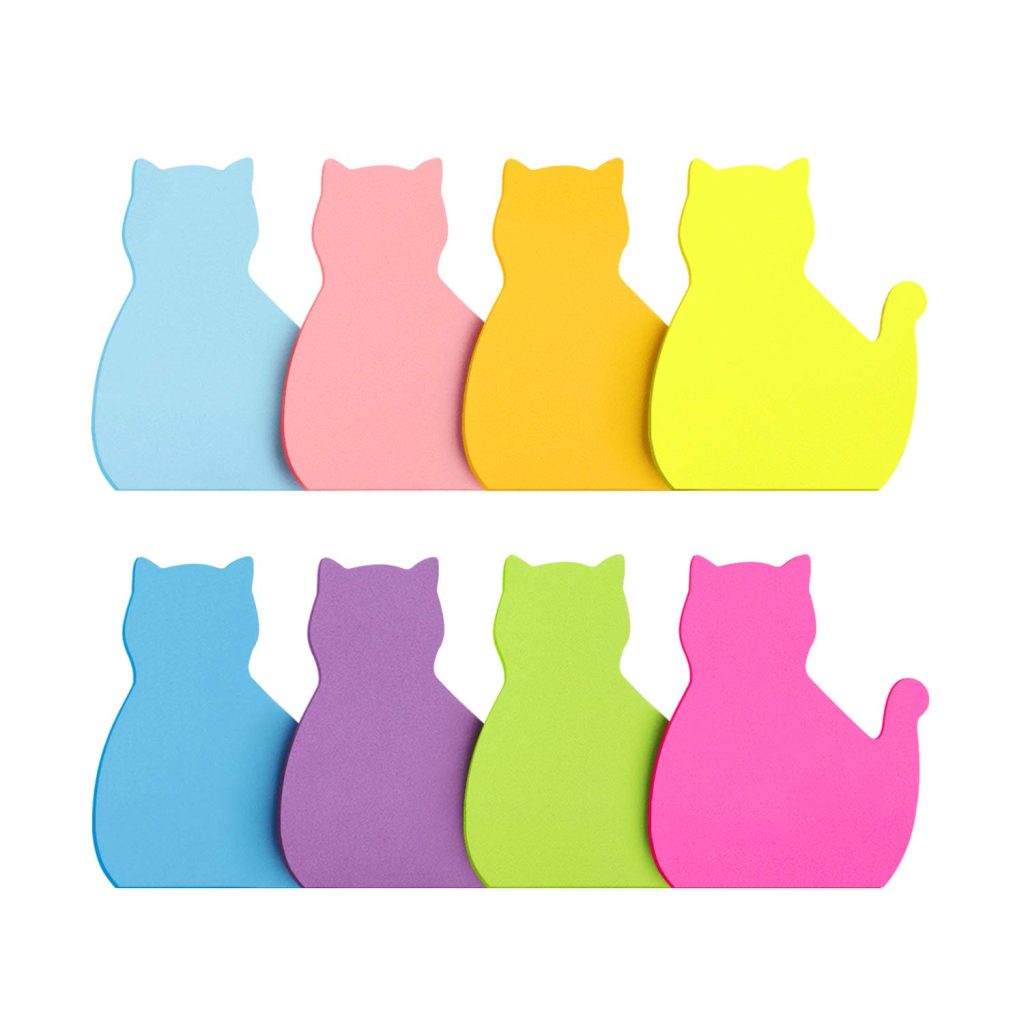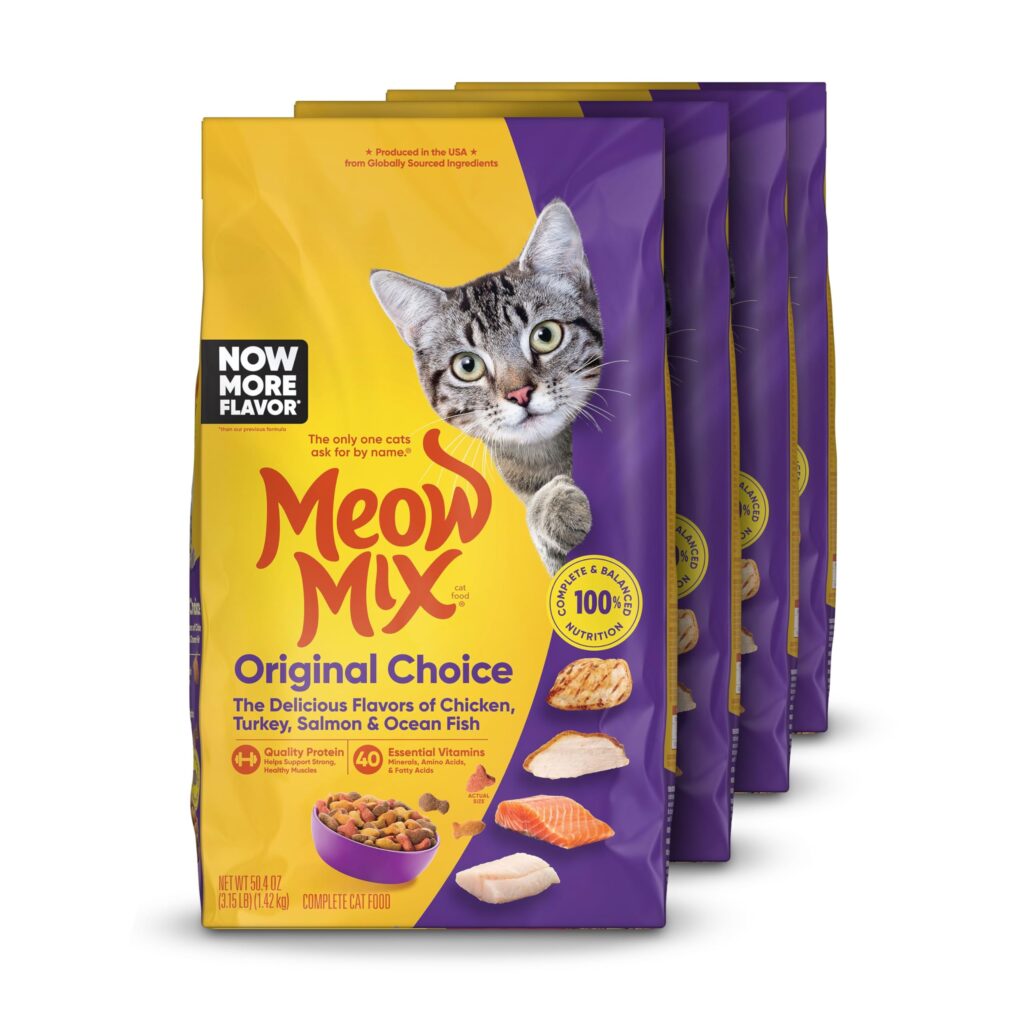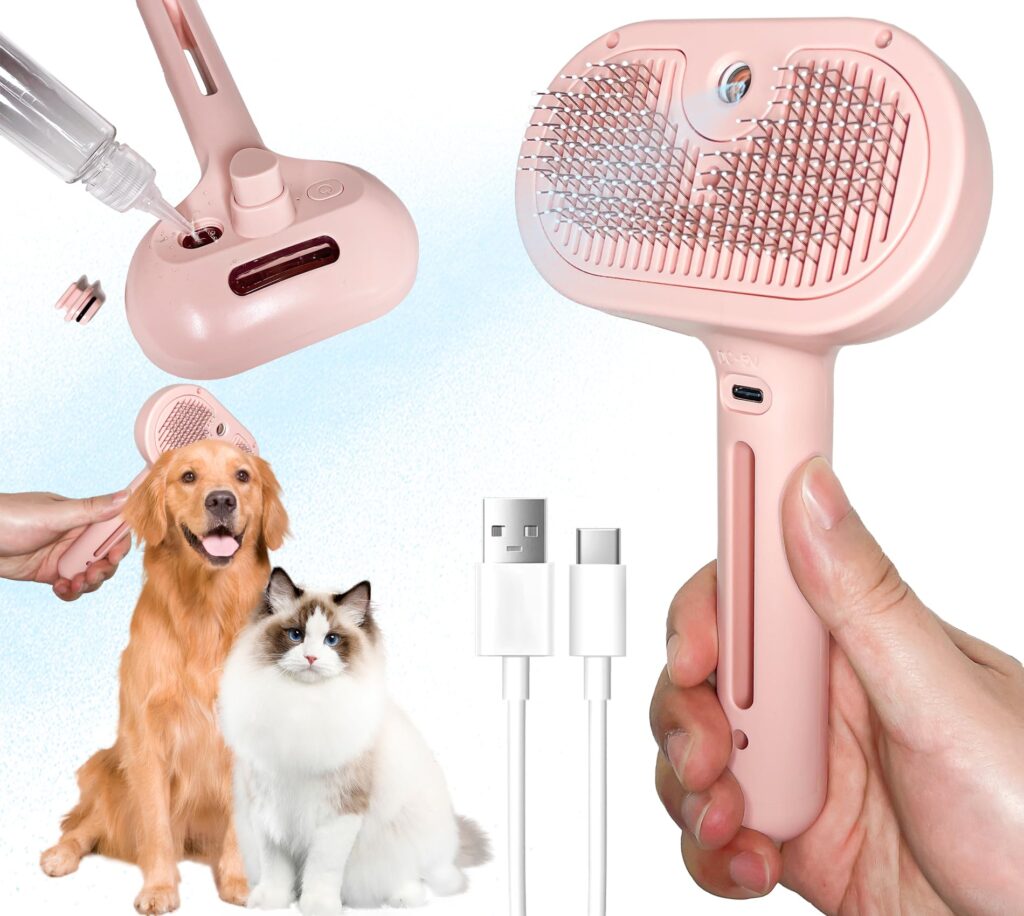
Understanding the Risk Factors for Heatstroke
When the mercury soars, it isn’t just humans who feel the burn. Our feline friends, with their furry coats and unique physiology, can be particularly vulnerable to the scorching heat. Let’s chat about why some cats might have a tougher time than others when the temperature climbs.
First off, age matters. Kittens and senior cats often have a harder time regulating their body temperatures. Just like human babies and the elderly, these little and mature mousers might not handle heat as efficiently as their adult counterparts. So, extra vigilance is key for these age groups.
Then there’s the fluff factor. Cats with thicker, longer coats might seem dressed for an arctic expedition rather than a summer saunter. These fur-heavy types can overheat more easily, which isn’t to say that short-haired breeds are immune – they too can succumb to sun’s harsh rays.
And what about the lazy lounger versus the active acrobat in your home? The demeanor of your kitty plays a part as well. High-energy cats that can’t sit still might burn up more quickly, while the couch-potato types stay cooler by default. Balance is the name of the game!
We can’t forget that chonky appeal, but excess weight is a biggie in heat sensitivity. Cats carrying extra pounds have extra insulation, and that is not a good thing when it’s hot. It’s tougher for them to shed that body heat, so keeping your buddy at a healthy weight helps them stay cool.
Certain health conditions can also impact a cat’s ability to cope with the heat. Heart disease, respiratory issues, and dehydration can all impair their heat tolerance. If your furry friend has ongoing health concerns, keeping them cool is even more crucial.
Lastly, let’s talk environment. Outdoor kitties or those in homes without air conditioning have it rough when there’s a heatwave. Cats in high-rises can also face increased temperatures as the upper floors often trap heat. So keep an eye out for how your space might affect your cat’s comfort.
Understanding the risk factors means you can prep and protect your whiskered companions from the scorching side effects of summer. Keeping tabs on these variables can make the difference between a laid-back lounge in the sunbeam and a trip to the vet. Stay informed, stay cool, and your cat will thank you with purrs a-plenty!
Recognizing the Signs and Symptoms of Heatstroke
When a heatwave hits, your kitty may not have the luxury of telling you they’re burning up, but their behavior can send clear distress signals. It’s like trying to read a fluffy, silent thermometer! So, what should you look out for?
Excessive panting is a red flag. Unlike dogs, cats don’t typically pant, so if you spy your feline doing so, it’s a sign they are struggling to cool down. A little pant here and there? Sure, that can be normal after a rousing round of chasing the elusive red dot. But constant, heavy panting is a cause for concern.
A body temperature above the norm, which for cats is between 100.5°F and 102.5°F, can indicate overheating. If you’re comfortable checking your cat’s temperature rectally, that’s the most accurate method – though not the most popular from your cat’s point of view.
Hotter-than-usual ears and feet can also signal that your kitty’s internal thermostat is cranked too high. Again, this might not scream “heatstroke” on its own, but combined with other symptoms, it’s like adding pieces to a concerning puzzle.
Keep an eye on their gum color too. Normally, kitty gums are a healthy pink, but if they’re red, that could indicate heatstroke. Also, if the gums feel tacky or dry, your feline friend may be dehydrated, which only compounds the overheating issue.
Let’s not forget lethargy. On a regular day, cats love their snoozes, but if they are almost too tired to stand, barely responsive, or unusually weak, it isn’t just catnap time – it is time to take action.
A feline in the grips of heatstroke might stumble when they walk, seem disoriented, or even collapse. This is critical, folks. If you notice this, your cat needs immediate attention – like, yesterday!
Watch for vomiting or diarrhea, too. It’s not just unpleasant; it can be downright dangerous in the heat as it can lead to rapid dehydration.
Lastly, check for a rapid heartbeat or trouble breathing. If your furball seems to be gasping for air or their little heart feels like it’s trying to beat its way out of their chest, it is a serious SOS.
Remebering these signs can help you spot trouble and keep your cool cat just that – cool – instead of overheated. If you notice any of these symptoms, it is important to act swiftly to cool them down and consult a veterinarian promptly to ensure the heatstroke is managed effectively and safely.
Hydration Strategies to Beat the Heat
Keeping your kitty hydrated is a cornerstone of beating the blazing heat. Felines can be finicky when it comes to water, so you need some clever strategies to encourage them to increase their fluid intake. Here are a few that might just tickle your cat’s fancy—and keep them healthy and hydrated.
First, ponder the placement of water bowls. Cats often prefer their water source to be away from their food and litter box. Just like you wouldn’t enjoy a glass of water next to the bathroom, they appreciate the separation for a more palatable experience. Some cats may also enjoy multiple watering holes around your living space.
- Ever notice how cats love running water? Tap into this quirk by opting for a cat water fountain. The trickling sound can entice them to drink more, and the constant circulation keeps the water fresh and appealing.
- Talking about freshness, be vigilant with the water quality. Refill their bowls with fresh water at least daily, because there’s nothing like a stale bowl of H2O to put off a picky drinker.
- If your kitty seems indifferent to plain water, try flavoring it. A little bit of low-sodium chicken or beef broth can lure them in. Just make sure it’s onion- and garlic-free, as those are no-nos for feline health.
- Ice cubes might be a game changer on a hot day, not just for cooling but also for playing. Some cats are intrigued by the slippery cubes, especially when they’re plopped into their water bowl. It cools the water and serves as an enticing plaything.
- Hydration can also come in the form of wet food. If your cat is on a dry food diet, think introducing wet food during hotter months. This has a high moisture content, which can help keep them hydrated without even realizing it.
- Keep an eye on the drinking habits. If you are noticing an uptick in thirst, it could signal overheating. Conversely, if they’re not drinking much at all — worry. Hydration is non-negotiable in the heat.
Environmental tweaks also make a big difference. Cats prefer cool, shaded areas to lounge away from the beating sun. Make sure your home has plenty of such options. If the house is baking, a damp towel for them to lie on can provide some relief, or ponder a cooling mat designed for pets.
Let’s not forget that the feline form is built to conserve water thanks to their desert-dwelling ancestors, but this doesn’t mean they are immune to dehydration. Pay attention to the hydration strategies mentioned above, and you’ll help ensure your fuzzy companion sashays through the heatwave with as little discomfort as possible. Remember, their well-being might just depend on it!
Practical Tips for Staying Cool and Safe in High Temperatures
When the sun is relentless and the temperature is rising, your beloved fur baby needs a little extra help to stay chill. Consider of it as turning your home into a cat-friendly oasis where the heat is kept at bay. And no, you don’t have to install a mini cat cabana (although that sounds adorable), just a few thoughtful adjustments will do the trick.
First things first, let’s talk airflow. Keep the air moving with fans or an air conditioner. No techy gadgets? No problem! Open windows on opposite sides of your abode to create a cross-breeze. Just make sure your cat can’t make a great escape through them!
Pro tip: Place a fan near ground level where your cat can enjoy the breeze without it being too direct. You know, for those moments when they want to feel like Beyoncé on stage without the hair-tousling drama.
Timing is everything, such as keeping curtains and blinds closed during the hottest part of the day to block out the sun’s fiery gaze. As the day cools, opening those same curtains can invite cooler air inside.
And what about those lazy, sprawling nap sessions cats are famous for? Encourage them to happen on surfaces that naturally stay cool, like tile or porcelain. You might even find your kitty stretched out in the bathroom sink – if it fits, they sit, right?
It’s worth mentioning that while cats enjoy warmth, they’re not sunbathing aficionados like some of us might be. Encourage indoor lounging over outdoor adventures during heat spikes, especially during midday when the sun is most intense. If they’re outdoor explorers, give them access to shade and make sure they can come back inside whenever they want.
Now, here’s a chilling fact: some cats dig a good ice pack or frozen water bottle wrapped in a towel. Place it in their favorite hangout spot and watch them snuggle up to it, using it as a cool pillow. It is an easy way to provide a refreshing escape from the heat!
Don’t forget the grooming! Regular brushing can help prevent excess heat retention, especially for long-haired breeds. It is like removing their winter coat so they can strut their summer bod!
Remember, overheated cats are no laughing matter. By following these cool-cat strategies, you’ll help create a safe, comfortable environment that beats the heat and keeps your feline feeling like the cool ruler of their domain. And they won’t be able to thank you enough – except with content purrs and maybe a friendly head-boop!
